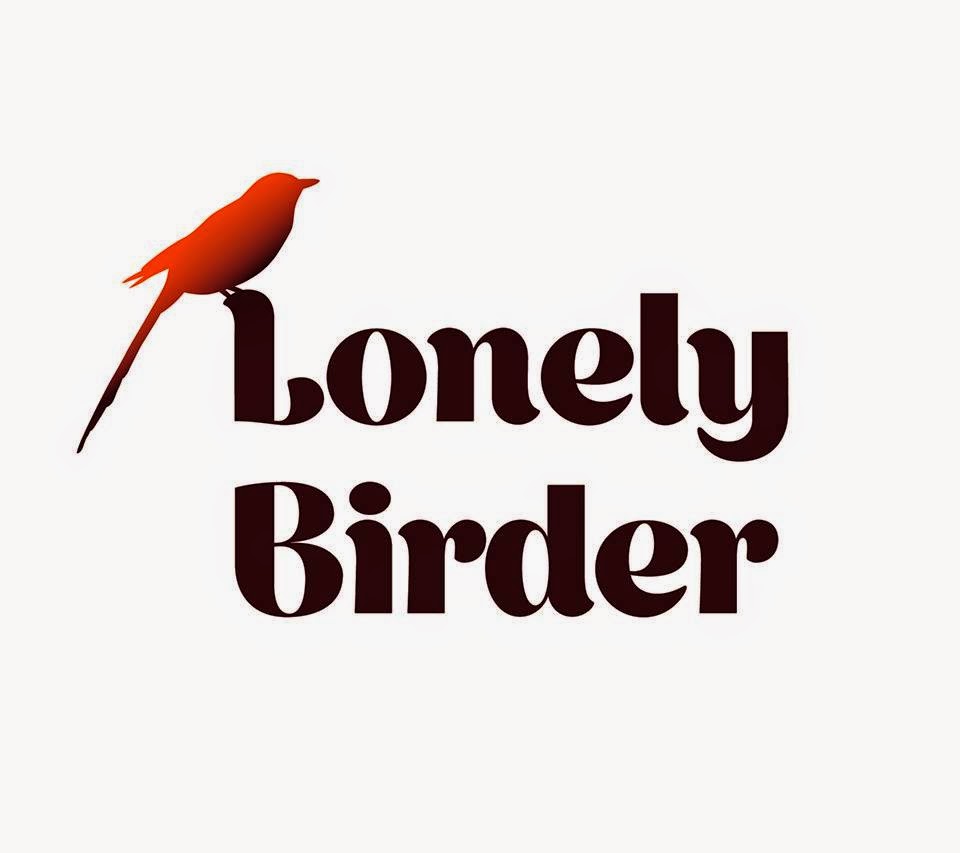One of the most spectacular birds of Europe is in regression, the causes clearly are produced by the man.
Among these causes the inclusion of the poison in the food chain is one of them.
The past year, in the region of Castile and Leon a cyclical invasion of rodents ,
common vole, a caused.
To palliate the problem, and to content to the farmers, the government of the region, it sowed of poison average region.
One of the causes of this madness begins to see now, it pays attention to which writes
Javier Viñuela in the forum on threatened birds of BirdLife.
--------------------------------------------------------------------------------------------------------------------------------------------------------------------------------------------------
Red Kite (Milvus milvus): projections needed about future threats, trends and carrying capacities.
Red Kite Milvus milvus is endemic to the Western Palearctic, with Europe encompassing >95% of its global range and hosting a population of 19,000-23,000 pairs (BirdLife International 2004; Mammen 2007). In 2005, following a discussion on this forum, the species’s status was uplisted from Least Concern to Near Threatened under criterion A of the IUCN Red List, based on evidence that it was experiencing a moderately rapid population decline (approaching 30% over 18 years, which was then considered to be three generation lengths). In 2009, an international symposium on the species will be held in France, and an EU Species Action Plan will be developed to prioritise actions for its conservation. To inform that process, it is timely to review its global status and ensure that it is categorised correctly, taking the latest information into account, including a revised generation length of 11.5 years based upon recent work by BirdLife International (unpublished data). Since 2005, the results of the 2004 national census in Spain have been published (Cardiel 2006), showing that the Spanish wintering population has declined by c. 50% (from 66,235-72,165 in 1994 to 35,523-36,233 in 2004). Cardiel (2006) assumes that one third of all Spanish wintering birds are immature. With an estimated maximum of 23,000 pairs in Europe (and only a few hundred at most elsewhere), the global population perhaps numbers c. 47,000 mature individuals and c. 80,000 individuals in total. Hence, the large decline in the Spanish wintering population is of particular concern, as Spain hosts a large proportion of the global population in winter (compared with just 6,000 wintering in France; Mionnet 2007). If these observed trends translate into actual population declines, the global population has been reduced by 33% over the past three generations (see the attached spreadsheet 1 of population declines of wintering birds) and the species may qualify for listing as Vulnerable under criterion A2 of the IUCN Red List. Although the Red Kite declined globally until the 1970s owing to persecution, many populations recovered or stabilised during 1970-1990 (Mionnet 2007) and its overall numbers were probably stable in Europe from 1970 to 1990 (Tucker & Heath 1994). Since 1990, declines documented within its core breeding areas – Spain (c. 4,000 mature individuals; Cardiel 2006), France (c. 6,000-7,800 mature individuals; Mionnet 2007) and Germany (c. 22,600 mature individuals; Mammen 2007) – have been partly offset by increases in countries like the UK, Sweden, Poland and Switzerland. Combining stable population trends between 1970 and 1990 with recent rapid declines in its core range, and increases in a few countries, yields an overall population decline over the past three generations (34.5 years) of 16%. If we concentrate on the species’s core areas and assume that recent national trends that began in the late 1980s or early 1990s will continue in the future, we would expect the overall reduction in the species’s population to continue (see spreadsheet 2 of breeding population trends, which excludes UK and Swedish figures). Hence, the most appropriate assessment may be to list the species as Vulnerable under criterion A4. However, if we include figures from the UK and Sweden, where the species’s numbers have increased dramatically in recent years and assume that they will continue to grow into the future, as projected under some climate change modelling scenarios (e.g. Huntley et al. 2007) then the global population may in fact increase during the next one to two generations (see spreadsheet 3). Therefore, the two key parameters to consider to assess accurately the species’s status are: 1. Will population declines continue in France, Germany and Spain? Declines have been attributed to poisoning, persecution, electrocution by powerlines and loss of habitat/food sources. These threats seem unlikely to be removed rapidly in the future. 2. Will the UK and Swedish populations continue to increase, and what are their likely carrying capacities? If populations are near carrying capacity in these countries, then – in global terms – declines in France, Germany and Spain would be expected to overshadow nominal future increases in the UK and Sweden, and the species may warrant uplisting. If these populations continue to increase at current rates, however, then declines elsewhere will be compensated by future increases in the UK and Sweden, and the global population may increase, potentially warranting the species’s downlisting to Least Concern. Any comments on this complex proposal, specifically addressing the two key questions posed above, would be welcome. BirdLife International (2004) Birds in Europe: population estimates, trends and conservation status. Cambridge, UK: BirdLife International (Conservation Series No. 12). Cardiel, I. E. (2006) El milano real en España. II Censo Nacional (2004). SEO/BirdLife, Madrid. Huntley, B., Green, R.E., Collingham, Y.C. & Willis, S.G. (2007) A climatic atlas of European breeding birds. Barcelona: Lynx Edicions. Mammen, U. (2007) The Red Kite as a priority species for bird conservation in Germany and Europe. MEROS, Halle/Saale and Trier. Mionnet, A. (2007) The Red Kite in France: distribution, population development and threats. LPO, Vitry-le-François. RSPB (2008) Red kites soar in 2008. Downloaded from
http://www.rspb.org.uk/news/details.asp?id=tcm:9-198487 on 31/10/08. Tucker, G.M. and Heath, M.F. 1994. Birds in Europe: their conservation status. Cambridge, UK: BirdLife International (Conservation Series No. 3).
-------------------------------------------------------------------------------------------------
Peter Newbery (RSPB Reintroductions Project Manager) has made the following contribution: I was interested to see Ian Carter's contribution - I agree with all that he said. Recently there was a meeting of the British and Irish Red Kite Co-ordination Group. We estimated that the total UK population in 2008 was at least 1,350 breeding pairs, and continuing to increase rapidly. From modelling exercises based on past annual increases in numbers, it looks likely that this population will continue to grow. Unfortunately, as each reintroduced population exceeds around 50 pairs, it becomes impossible to carry out an accurate annual survey with the resources available, but in the early years the populations can double every two years. Even the native Welsh population, which has previously had a much lower breeding productivity than the reintroduced populations, appears to be growing and spreading very quickly (Tony Cross, Welsh Kite Trust). Carrying capacity is impossible to estimate, but there seems no reason why they shouldn't continue to increase until all lowland parts of the UK support breeding populations. They are very catholic in their choice of habitats, but would probably not reach the same sort of densities of buzzards (anecdotal evidence suggests that in Scotland there are probably 2-3 pairs of buzzards for every pair of red kites in areas where both species breed). However, a population of over 10,000 pairs doesn't seem an unreasonable long-term figure (there was an estimate of 60,000 pairs of buzzards in the UK in 2001, I believe). With two new release projects in Ireland, the position is even better. We therefore feel confident that red kites in Britain and Ireland will form an increasingly large proportion of the European/world population. I look forward to being involved in developing the Species Action Plan for this species in 2009. It will be very useful to have a detailed discussion of what is causing such large declines elsewhere in Europe when kites in the UK are doing so well. We are rather puzzled by some of the explanations given for these declines: 1. Food shortage - red kites are scavengers, and there surely is no shortage of road kill and other sources of carrion. They also eat earthworms, fledgling birds and so on. 2. Habitat loss - in the UK, red kites are very adaptable, and are increasing even in fairly intensively managed farmland (provided there are trees for nesting). 3. Electrocution - it is difficult to see why this should be a much greater problem elsewhere in Europe than in the UK, where it is a minor cause of mortality. Deliberate and accidental poisoning are clear causes of mortality, in the UK as well as elsewhere in Europe, and I feel that addressing these issues should be a major theme of the action plan. The (legal) use of rodenticides has the potential to cause huge mortality through secondary poisoning, and changes in legislation governing their use may be of great benefit. Illegal persecution may be even more difficult to address - we have found that often kites are not the target species for setting poisoned baits, but because they are such efficient scavengers they find baits before foxes, crows and so on. People in the UK seem to accept the fact that kites are not predators of game species or livestock, so they are very rarely targeted specifically. I will be happy to share more information about UK kites and the reintroduction projects if it would be of interest.
-------------------------------------------------------------------------------------------------
Javier ViñuelaThe decline in the Spanish populaton still seems to be advancing. A new census was made in spring 2008 in Castilla y León (northern Spain, one of the main strongholds of the species), and in private conversations with people working on that census, the results seems to be depressing (aditional strong decline in just 4 years, but I have no more details). This census has not been made public by the Regional Government. This government has released more than 1,500 tons of rodenticide-treated baits over about 500,000 ha to fight against a common vole plague in agricultural lands between August 2007 and April 2008. We have found several cases of non-target species affected (Olea et al. in press, Environmental Conservation), and there are also some records of red kites apparently dying by secondary poisoning in treated areas. A complaint to the EU has been raised by environmental groups, and I think it is still under scrutiny (good opportunity for BirdLife to make pressure about this). Unfortunately, the Regional Government has not made any attempt to study this problem. On the contrary, they are trying to hide the real effects of rodenticides in other species (e.g. the effect on hare populations seems to be more than obvious). It seems clear that red kite are doing well in UK and Sweden, and that probably populations there could reach carrying capacity in the future at high numbers. The question is if we want a European population of red kites mainly based on the reintroduction programme of UK and on a natural population in the northern edge of the range. My feeling is that whenever populations are declining in Germany, France and Spain, this should be considered the central problem.--------------------------------------------------------------------------------------------------------------------------------------------------------------------------------------------------




























